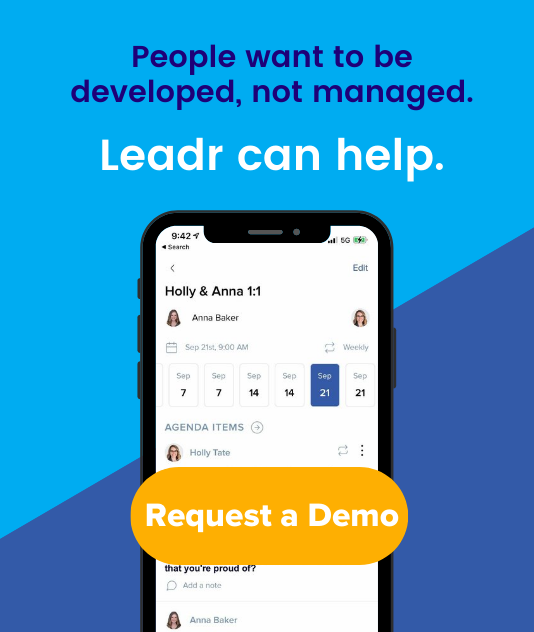Details or The Big Picture: Which One Should You Give Priority?
Picture this: you’ve got a big event coming up. It’s something that has taken weeks or months to plan, with several minute details that all impact the big picture. In addition to this event, you have your normal, day-to-day tasks that still need to be completed. You have multiple priorities that all require attention and you don’t want to fall behind on any of them. Have you ever faced this problem?
If so, you’re not alone. Priority management can be a daily challenge, and when you add special events that require extra attention, it can be overwhelming. You want to execute the big project or event with excellence, and you don’t want any of your daily tasks to suffer in the process. The tension that exists between the details and the big picture is normal, and the key to managing that tension is accepting that you don’t have to choose one over the other. Here are three tips for managing multiple priorities:
1. Start with goal management
One helpful benefit of goals is that they're flexible. Goals can be big or small, and they can be short-term or long-term. You can set goals based on a specific project or event, and you can set goals based on the mission of your organization. The biggest aspect to remember about goals is that they serve as a measurable for success.
If you’re struggling to balance your priorities, create goals around them and stick to those goals. Studies have shown that you’re 42% more likely to achieve your goals if you write them down, so make sure you have a designated place to create and keep track of your goals. If every priority has a goal and every goal has a deadline, it’ll be easier for you to know when you are successful.
2. Know your strengths and weaknesses
Many people tend to think of personality assessments as a tool used to get to know new hires when they start at an organization, but the truth is that having information about your own personality can be a powerful resource for development. When you know what your strengths and weaknesses are, you’re better able to operate efficiently. You can maximize your strengths while taking the opportunity to improve upon your weaknesses.
For example, if details are not a strength of yours, find a way to condense large amounts of detail into portions that you can manage, or focus on the main idea of the detail. If the big picture isn’t your strength, learn how the details impact the big picture, then focus the majority of your attention on executing those details.
Knowing your strengths and weaknesses also enables you to rely on your team. You have strengths that your team members may not, and they likely have strengths that you don’t. This provides a natural balance as you work toward and achieve your team goals.
3. Remember that the details and the big picture are both crucial to success
It’s common to approach the tension between details and the big picture in a binary way, because many of us are taught to believe that we are either task or goal-oriented. The reality is that we are capable of being both. Whether your strength lies in details, ideation, or somewhere in between, it’s good to have a grasp on the entire lifecycle of a project, event, or mission as a leader.
The big picture needs to be front of mind so that you and your team know why you’re doing what you’re doing. The reminder of your why can provide motivation and morale during times of high stress or frequent change within your team or organization. The big picture is your destination, your ultimate goal.
If the big picture is the destination, then the details are the road you take to get there. You have to keep a pulse on the details of an event or project to make sure that when it’s completed, it’s the best that it can possibly be. Making the details a priority enables you to give your best to the end goal.
Balancing the details and the big picture can be both an art and a science at times, but it’s not impossible when you manage your goals, know your strengths and weaknesses, and remember that the details and the big picture are both crucial to success.
Leadr can give you a place to create and track your goals, and can help you create clarity and alignment within your team or organization with meeting agendas. Want to see Leadr in action? Let’s connect.
How do you manage multiple priorities when you have big projects and events? What aspects of priority management do you need help with? Let us know in the comments!
Share this
You May Also Like
These Related Stories

Our Managers are Under-resourced - Here are 3 tips to Better Equip Them

When Leadership Misses the Mark: Starbucks’ CEO Shuffle





No Comments Yet
Let us know what you think